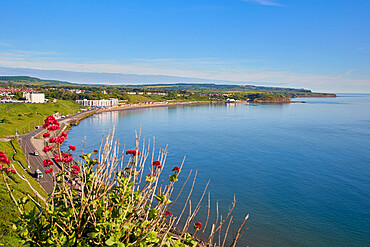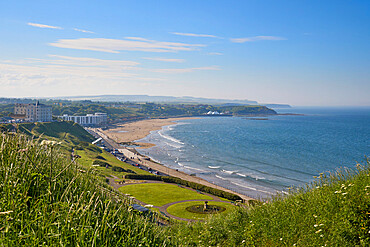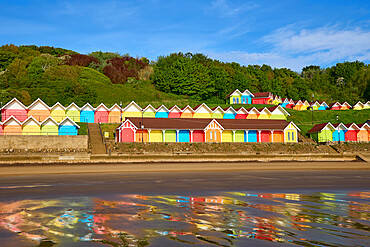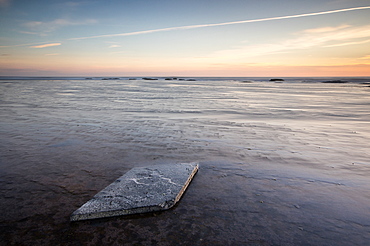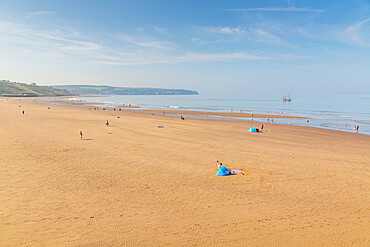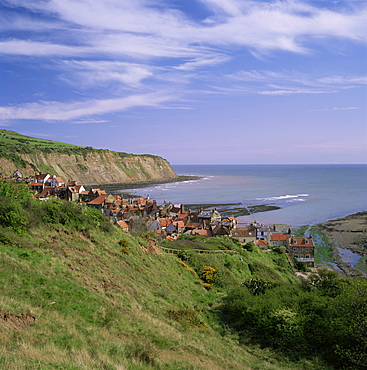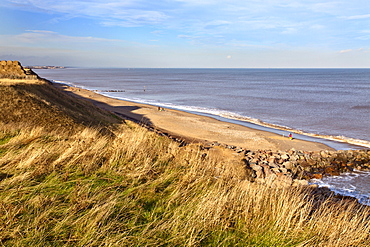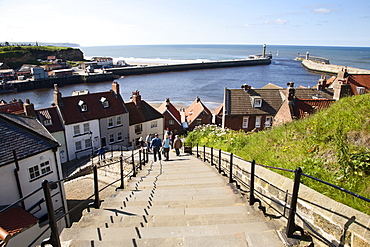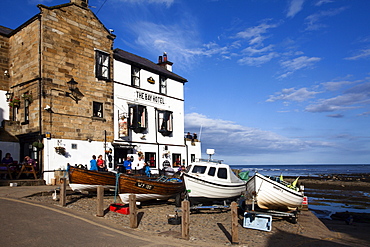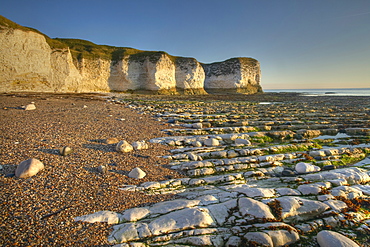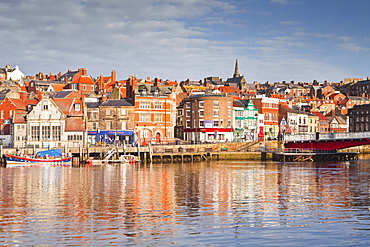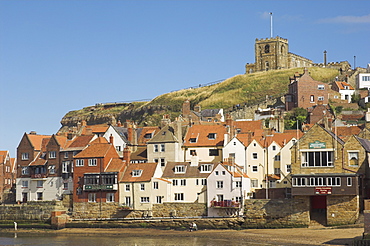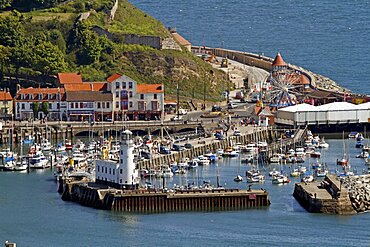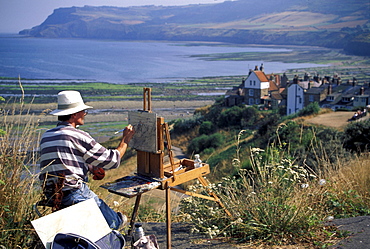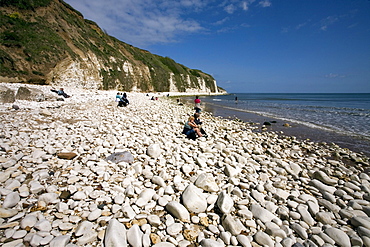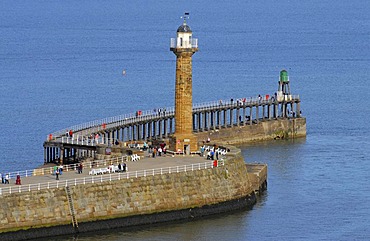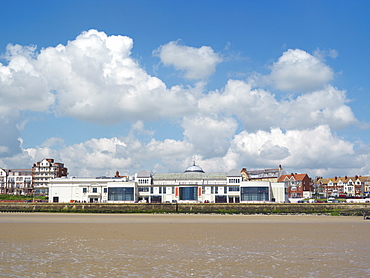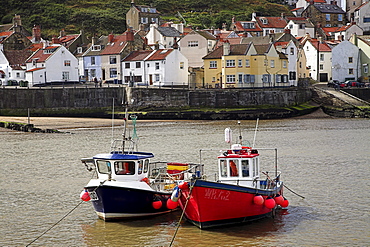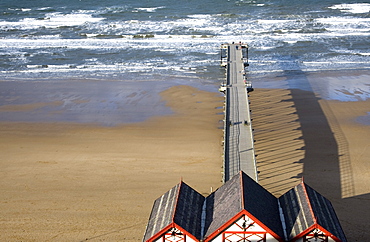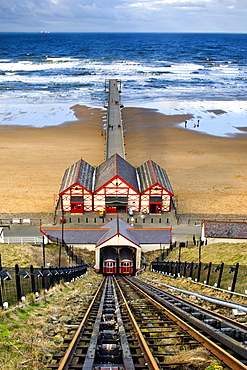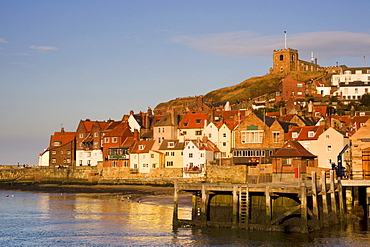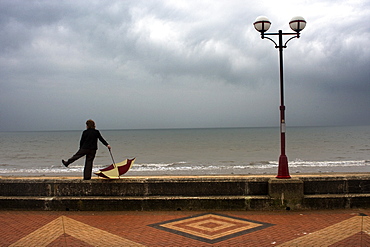Results
« Previous 1 2
143 results found
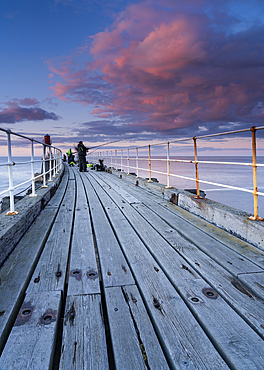
Whitby piers and harbour at dusk, Whitby, the North Yorshire coast, Yorkshire, England, United Kingdom, Europe

Half moon rising over Whitby Abbey in mid-October 2023, North Yorkshire coast, Whitby, Yorkshire, England, United Kingdom, Europe
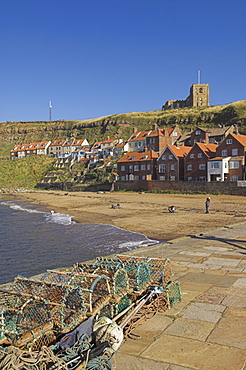
Whitby church, sandy beach and lobster pots on quayside, Whitby, North Yorkshire, Yorkshire, England, United Kingdom, Europe

View of colourful beach huts on West Cliff Beach, Whitby, North Yorkshire, England, United Kingdom, Europe

View of South Bay and Scarborough at dusk, Scarborough, North Yorkshire, Yorkshire, England, United Kingdom, Europe
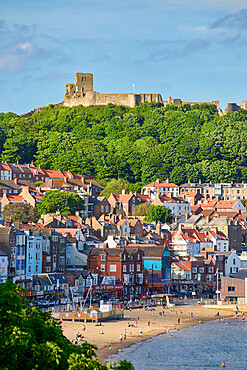
View of South Bay looking towards Scarborough Castle, Scarborough, Yorkshire, England, United Kingdom, Europe
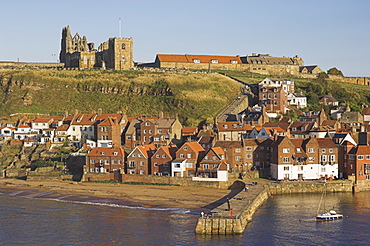
Abbey ruins, church, sandy beach and harbour, Whitby, North Yorkshire, Yorkshire, England, United Kingdom, Europe
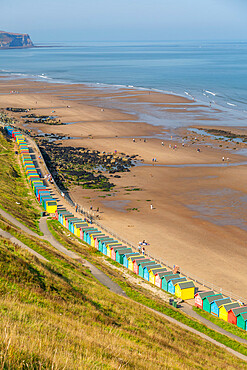
View of colourful beach huts on West Cliff Beach, Whitby, North Yorkshire, England, United Kingdom, Europe

View of old coast guard station from King Street in Robin Hood's Bay, North Yorkshire, England, United Kingdom, Europe
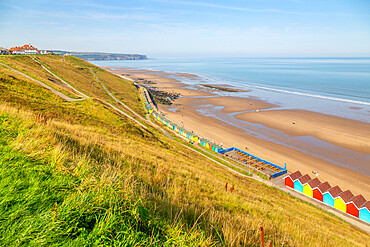
View of colourful beach huts on West Cliff Beach, Whitby, North Yorkshire, England, United Kingdom, Europe
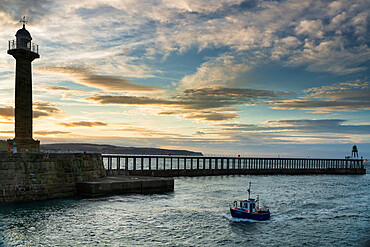
Sunset over Whitby harbour, pier and lighthouse as a small fishing boat comes into the harbour, Whitby, Yorkshire, England, United Kingdom, Europe

View of South Bay and Scarborough at dusk, Scarborough, North Yorkshire, Yorkshire, England, United Kingdom, Europe
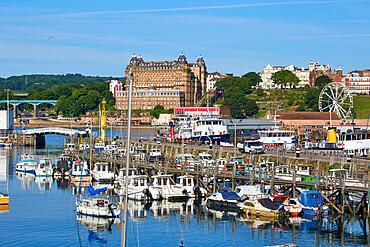
View of South Bay, looking towards Grand Hotel, Scarborough, Yorkshire, England, United Kingdom, Europe
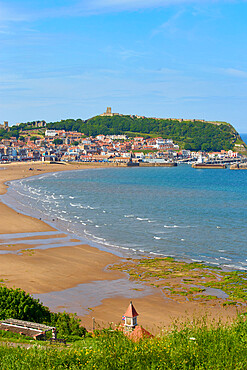
View frow South Cliff gardens towards South Bay and castle, Scarborough, Yorkshire, England, United Kingdom, Europe
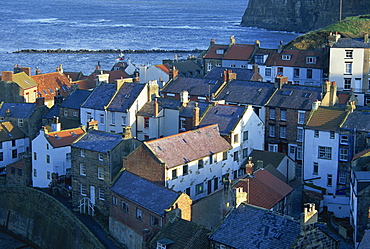
View over rooftops of the fishing village of Staithes, North Yorkshire coast, England, United Kingdom, Europe

View of cannon overlooking Whitby West Pier and lighhouse, Whitby, Yorkshire, England, United Kingdom, Europe

View of South Bay and Scarborough, Scarborough, North Yorkshire, Yorkshire, England, United Kingdom, Europe

Carr Naze reflected on the wet sands, Filey Brigg, Filey, North Yorkshire, Yorkshire, England, United Kingdom, Europe
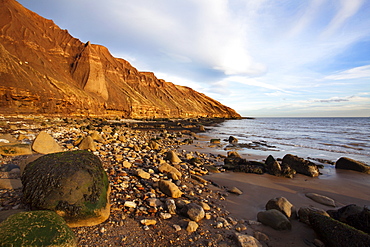
Rocky shoreline below Carr Naze, Filey Brigg, Filey, North Yorkshire, Yorkshire, England, United Kingdom, Europe
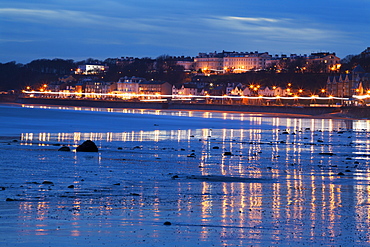
Seafront illuminations reflected on wet sands, Filey, North Yorkshire, England, United Kingdom, Europe

Trans Pennine Trail Marker on Hornsea Seafront, East Riding of Yorkshire, Yorkshire, England, United Kingdom, Europe

Saltburn Yarn Stormers knitting on the Pier at Saltburn by the Sea, Redcar and Cleveland, North Yorkshire, Yorkshire, England, United Kingdom, Europe
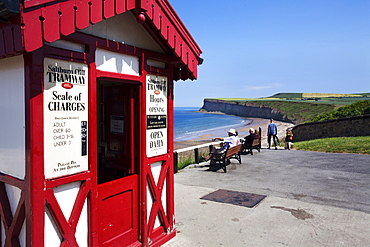
Top Cliff Tramway Kiosk at Saltburn by the Sea, Redcar and Cleveland, North Yorkshire, Yorkshire, England, United Kingdom, Europe

Saltburn Yarn Stormers knitted mermaid on the Pier at Saltburn by the Sea, Redcar and Cleveland, North Yorkshire, Yorkshire, England, United Kingdom, Europe
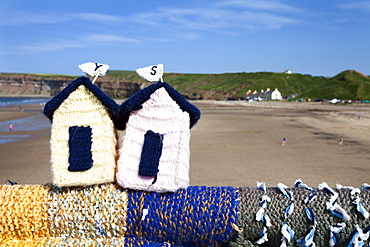
Saltburn Yarn Stormers Knitted Beach Huts on the Pier at Saltburn by the Sea, Redcar and Cleveland, North Yorkshire, Yorkshire, England, United Kingdom, Europe
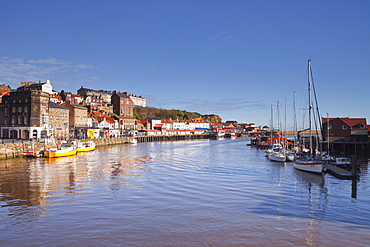
The seaside town of Whitby in the North York Moors National Park, Yorkshire, England, United Kingdom, Europe

Whitby abbey, sandy beach and harbour, Whitby, North Yorkshire, Yorkshire, England, United Kingdom, Europe

Old Port and St. Mary's church on East Cliff across River Esk, through rigging of replica of Captain Cook's ship Bark Endeavour, Whitby, Heritage Coast of North East England, North Yorkshire, England, United Kingdom, Europe

Top Cliff Tramway Kiosk at Saltburn by the Sea, Redcar and Cleveland, North Yorkshire, Yorkshire, England, United Kingdom, Europe

Pleasure ship below Whitby Abbey and St. Marys Church, Whitby, North Yorkshire, Yorkshire, England, United Kingdom, Europe

Old Town and River Esk harbour from steps on East Cliff, with West Cliff beyond, Whitby, Heritage Coast of North East England, North Yorkshire, England, United Kingdom, Europe
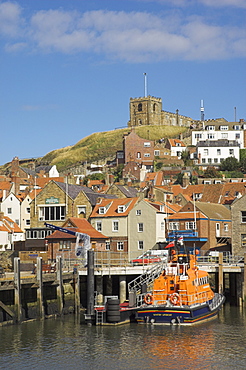
Church and lifeboat in the harbour, Whitby, North Yorkshire, Yorkshire, England, United Kingdom, Europe

The seafront of Scarborough, the popular seaside resort on the coast of North Yorkshire, England, United Kingdom, Europe

North Sands from Cliff Steps, Scarborough, North Yorkshire, Yorkshire, England, United Kingdom, Europe
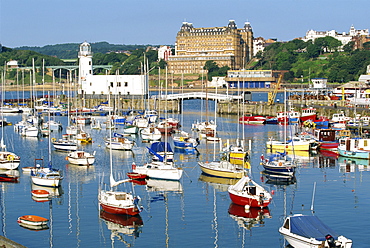
Pleasure boats in the harbour at Scarborough, the popular seaside resort on the coast of North Yorkshire, England, United Kingdom, Europe
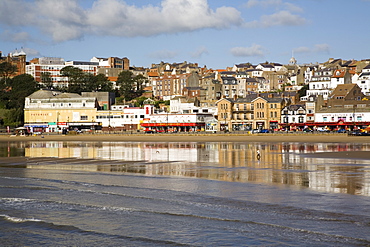
South Sands in South Bay at low tide with seafront buildings reflected in wet sand on beach, Scarborough, North Yorkshire, England, United Kingdom, Europe
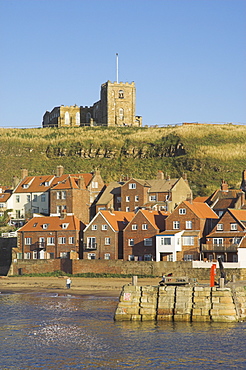
Church, sandy beach and harbour, Whitby, North Yorkshire, Yorkshire, England, United Kingdom, Europe

Wheat stubble in a field on Yorkshire's East Coast, UK, with high voltage power lines from a coal fired power station.
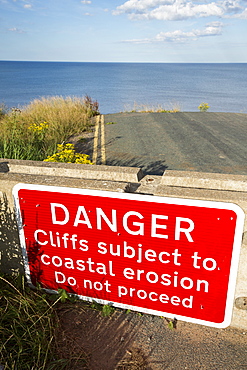
A collapsed coastal road near Skipsea on Yorkshires East Coast, UK. The coast is composed of soft boulder clays, very vulnerable to coastal erosion. This sectiion of coast has been eroding since Roman times, with many villages having disappeared into the sea, and is the fastest eroding coast in Europe. Climate change is speeding up the erosion, with sea level rise, increased stormy weather and increased heavy rainfall events, all playing their part.
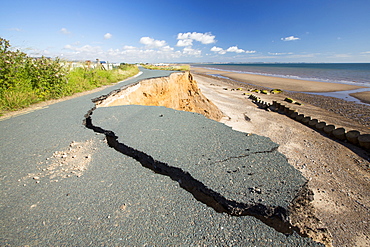
A collapsed coastal road at between Skipsea and Ulrome on Yorkshires East Coast, near Skipsea, UK. The coast is composed of soft boulder clays, very vulnerable to coastal erosion. This sectiion of coast has been eroding since Roman times, with many villages having disappeared into the sea, and is the fastest eroding coast in Europe. Climate change is speeding up the erosion, with sea level rise, increased stormy weather and increased heavy rainfall events, all palying their part.
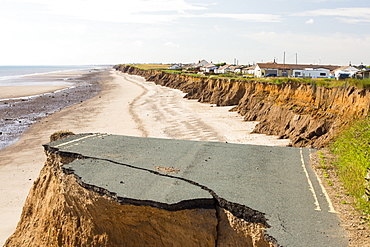
A collapsed coastal road at between Skipsea and Ulrome on Yorkshires East Coast, near Skipsea, UK. The coast is composed of soft boulder clays, very vulnerable to coastal erosion. This sectiion of coast has been eroding since Roman times, with many villages having disappeared into the sea, and is the fastest eroding coast in Europe. Climate change is speeding up the erosion, with sea level rise, increased stormy weather and increased heavy rainfall events, all palying their part.

A collapsed coastal road at Easingotn on Yorkshires East Coast, near Skipsea, UK. The coast is composed of soft boulder clays, very vulnerable to coastal erosion. This sectiion of coast has been eroding since Roman times, with many villages having disappeared into the sea, and is the fastest eroding coast in Europe. Climate change is speeding up the erosion, with sea level rise, increased stormy weather and increased heavy rainfall events, all palying their part.
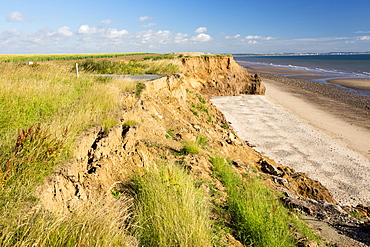
A collapsed coastal road at near Aldbrough on Yorkshires East Coast, near Skipsea, UK. The coast is composed of soft boulder clays, very vulnerable to coastal erosion. This sectiion of coast has been eroding since Roman times, with many villages having disappeared into the sea, and is the fastest eroding coast in Europe. Climate change is speeding up the erosion, with sea level rise, increased stormy weather and increased heavy rainfall events, all palying their part.
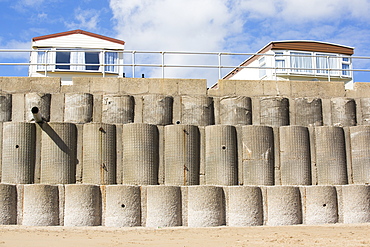
Concrete sea defences at Beach Bank Caravan Park in Ulrome near Skipsea on Yorkshires East Coast, UK. The coast is composed of soft boulder clays, very vulnerable to coastal erosion. This section of coast has been eroding since Roman times, with many villages having disappeared into the sea, and is the fastest eroding coast in Europe. Climate change is speeding up the erosion, with sea level rise, increased stormy weather and increased heavy rainfall events, all playing their part.

A collapsed coastal road at between Skipsea and Ulrome on Yorkshires East Coast, near Skipsea, UK. The coast is composed of soft boulder clays, very vulnerable to coastal erosion. This sectiion of coast has been eroding since Roman times, with many villages having disappeared into the sea, and is the fastest eroding coast in Europe. Climate change is speeding up the erosion, with sea level rise, increased stormy weather and increased heavy rainfall events, all palying their part.
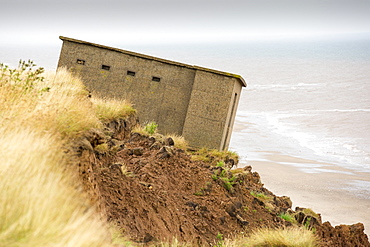
A Second world War lookout post leaning alarmingly and about to tumble over the edge of the cliff near Aldbrough on Yorkshires East Coast, UK. The coast is composed of soft boulder clays, very vulnerable to coastal erosion. This section of coast has been eroding since Roman times, with many villages having disappeared into the sea, and is the fastest eroding coast in Europe. Climate change is speeding up the erosion, with sea level rise, increased stormy weather and increased heavy rainfall events, all playing their part.
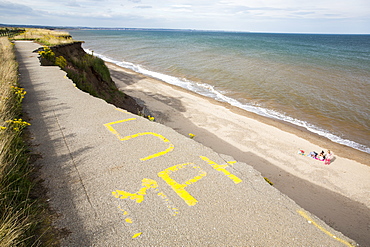
A collapsed coastal road at Barmston on Yorkshires East Coast, near Skipsea, UK. The coast is composed of soft boulder clays, very vulnerable to coastal erosion. This sectiion of coast has been eroding since Roman times, with many villages having disappeared into the sea, and is the fastest eroding coast in Europe. Climate change is speeding up the erosion, with sea level rise, increased stormy weather and increased heavy rainfall events, all palying their part.

Contaminated water being emptied out of Finland Docks in Hull, directly into the Humber Estuary, Yorkshire, UK. As they released the pollution, there was an awful chemical stench in the air.
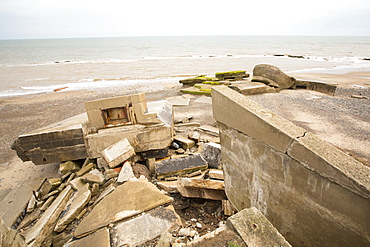
The Remains of the Godwin battery on the beach at Kilnsea at the head of Spurn point on Yorkshires East Coast, UK. Initially constructed during the First World War, the Godwin Battery was added to during the Second World War. It comprised of gun emplacements, search light, barracks, officers’ mess, and a hospital. This section of coastline is the fastest eroding coastline in Europe. The soft boulder clay cliffs are easily eroded and have been eroding since Roman Times, but recently the climate change impacts of increased stormy weather, increased heavy rainfall events and sea level rise have accelerated the rate of erosion. The average rate of attrition is 1.5metres per year, last year it was 5 metres.
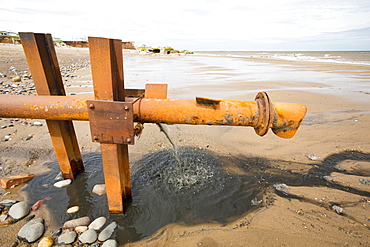
Raw sewage emptying directly onto the beach from a sewage pipe coming from a caravan park in Kilnsea, Spurn Point, Yorkshire, UK.
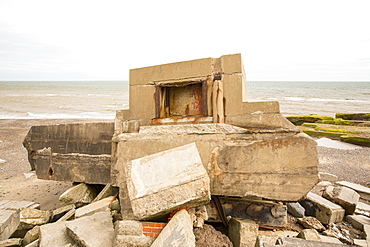
The Remains of the Godwin battery on the beach at Kilnsea at the head of Spurn point on Yorkshires East Coast, UK. Initially constructed during the First World War, the Godwin Battery was added to during the Second World War. It comprised of gun emplacements, search light, barracks, officers’ mess, and a hospital. This section of coastline is the fastest eroding coastline in Europe. The soft boulder clay cliffs are easily eroded and have been eroding since Roman Times, but recently the climate change impacts of increased stormy weather, increased heavy rainfall events and sea level rise have accelerated the rate of erosion. The average rate of attrition is 1.5metres per year, last year it was 5 metres.
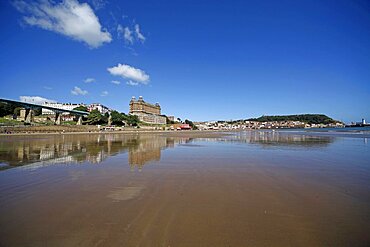
Grand Hotel and reflection, Scarborough, North Yorkshire, Yorkshire, England, United Kingdom, Europe

Pipes on a construction site to lay a pipeline from east to west coast of the UK for importing gas from the continent, Ingleton, Yorkshire, England, United Kingdom, Europe
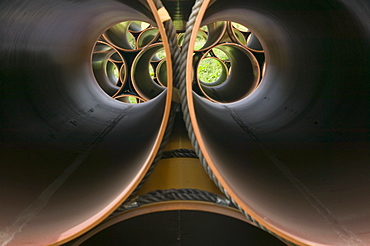
Pipes on a construction site to lay a pipeline from east to west coast of the UK for importing gas from the continent, Ingleton, Yorkshire, England, United Kingdom, Europe
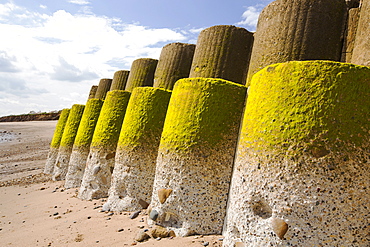
Smashed concrete sea defenses at Ulrome near Skipsea on Yorkshires East Coast, UK. The sea has eroded past the barriers and left them stranded further down the beach. The coast is composed of soft boulder clays, very vulnerable to coastal erosion. This section of coast has been eroding since Roman times, with many villages having disappeared into the sea, and is the fastest eroding coast in Europe. Climate change is speeding up the erosion, with sea level rise, increased stormy weather and increased heavy rainfall events, all playing their part.
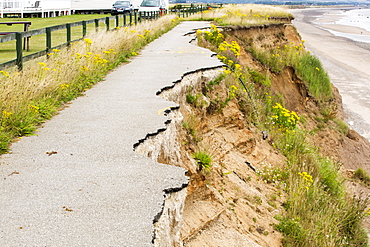
A collapsed coastal road at Barmston on Yorkshires East Coast, near Skipsea, UK. The coast is composed of soft boulder clays, very vulnerable to coastal erosion. This section of coast has been eroding since Roman times, with many villages having disappeared into the sea, and is the fastest eroding coast in Europe. Climate change is speeding up the erosion, with sea level rise, increased stormy weather and increased heavy rainfall events, all playing their part.
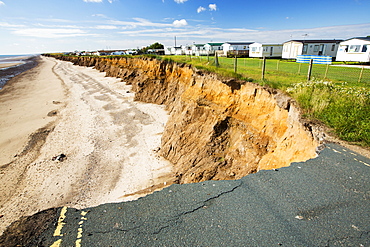
A collapsed coastal road at between Skipsea and Ulrome on Yorkshires East Coast, near Skipsea, UK. The coast is composed of soft boulder clays, very vulnerable to coastal erosion. This section of coast has been eroding since Roman times, with many villages having disappeared into the sea, and is the fastest eroding coast in Europe. Climate change is speeding up the erosion, with sea level rise, increased stormy weather and increased heavy rainfall events, all playing their part.
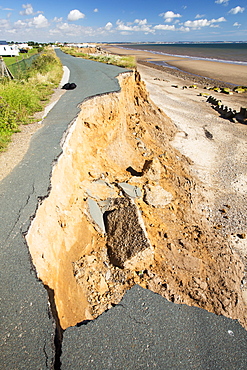
A collapsed coastal road at between Skipsea and Ulrome on Yorkshires East Coast, near Skipsea, UK. The coast is composed of soft boulder clays, very vulnerable to coastal erosion. This section of coast has been eroding since Roman times, with many villages having disappeared into the sea, and is the fastest eroding coast in Europe. Climate change is speeding up the erosion, with sea level rise, increased stormy weather and increased heavy rainfall events, all playing their part.
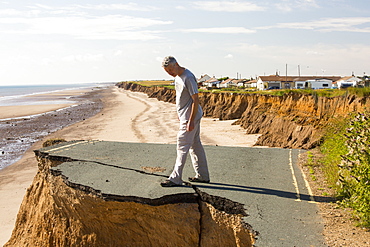
A collapsed coastal road at between Skipsea and Ulrome on Yorkshires East Coast, near Skipsea, UK. The coast is composed of soft boulder clays, very vulnerable to coastal erosion. This section of coast has been eroding since Roman times, with many villages having disappeared into the sea, and is the fastest eroding coast in Europe. Climate change is speeding up the erosion, with sea level rise, increased stormy weather and increased heavy rainfall events, all playing their part.

A collapsed coastal road at near Aldbrough on Yorkshires East Coast, near Skipsea, UK. The coast is composed of soft boulder clays, very vulnerable to coastal erosion. This section of coast has been eroding since Roman times, with many villages having disappeared into the sea, and is the fastest eroding coast in Europe. Climate change is speeding up the erosion, with sea level rise, increased stormy weather and increased heavy rainfall events, all playing their part.
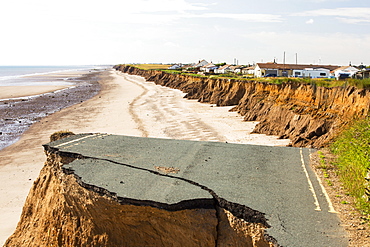
A collapsed coastal road at between Skipsea and Ulrome on Yorkshires East Coast, near Skipsea, UK. The coast is composed of soft boulder clays, very vulnerable to coastal erosion. This section of coast has been eroding since Roman times, with many villages having disappeared into the sea, and is the fastest eroding coast in Europe. Climate change is speeding up the erosion, with sea level rise, increased stormy weather and increased heavy rainfall events, all playing their part.

A collapsed coastal road at between Skipsea and Ulrome on Yorkshires East Coast, near Skipsea, UK. The coast is composed of soft boulder clays, very vulnerable to coastal erosion. This section of coast has been eroding since Roman times, with many villages having disappeared into the sea, and is the fastest eroding coast in Europe. Climate change is speeding up the erosion, with sea level rise, increased stormy weather and increased heavy rainfall events, all playing their part.
